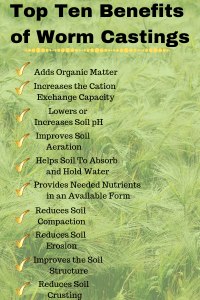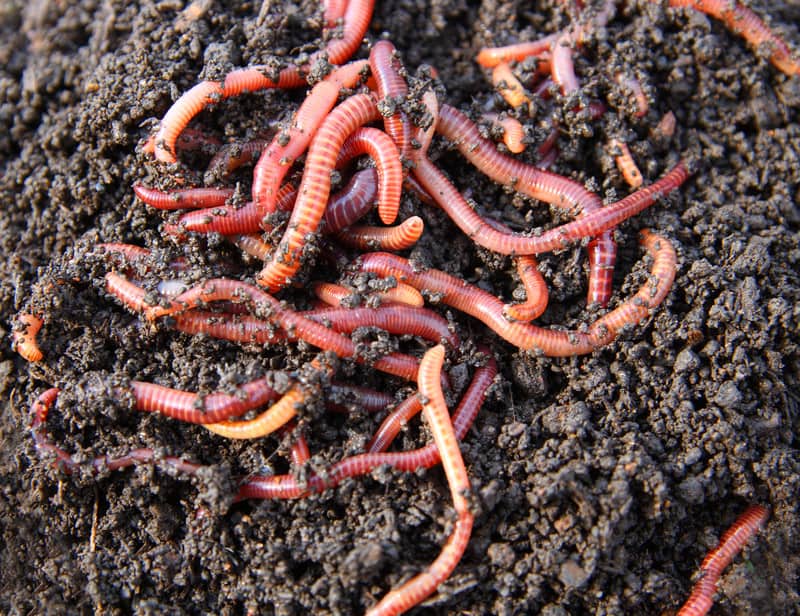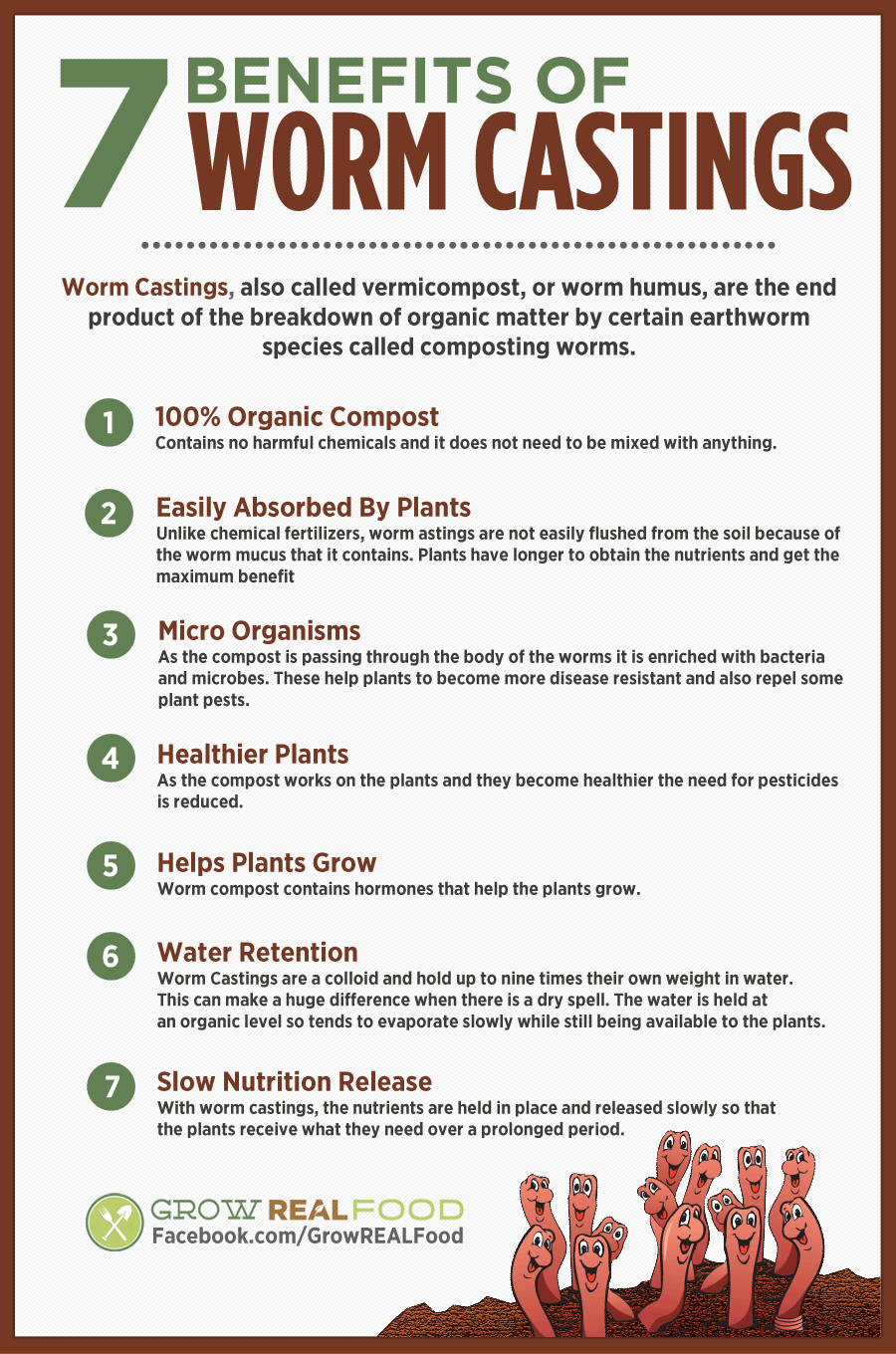The Main Principles Of North Carolina Worms
Table of ContentsOur North Carolina Worms DiariesThe smart Trick of North Carolina Worms That Nobody is DiscussingFascination About North Carolina WormsThe Only Guide to North Carolina Worms
Example: 1-gallon of worm spreadings to 4 gallons of potting mix. 1/2 mug in the bottom of the planting opening for smaller plants. 1 cup for bigger plants.
The enhancement of tea can likewise add enhanced microbial biomass to your soil. You can always side-dress your plants with worm castings any time. Simply bear in mind, the bacteria will die if exposed to UV rays (Sun), so make sure to cover the castings with an inch or so of dirt.
This baffled them for many years till the screening techniques progressed. They located that plant development and health showed a Bell Curve. It would certainly improve(with more spreadings), level off, and afterwards decline. They were perplexed. They lastly discovered that excess plant-growth hormones were the perpetrator. A lot of worm spreadings would certainly speed up the growth to a speed that the plant might not recover from.
The Best Strategy To Use For North Carolina Worms
I have stated the virtues of worm castings for regarding 2000 words. Worm spreadings are no various. It takes time to produce high quality worm spreadings.
Worm castings definitely set you back even more than chemical fertilizers. Worm spreadings are on the less costly end of natural fertilizers. (50 gallons per year) It is a much more challenging and very costly financial investment to generate huge quantities of worm spreadings.

Producing a healthy dirt may be the biggest benefit of worm castings. Healthy and balanced dirt was discussed and just how important this has ended up being to everyone. The leading ten advantages of worm castings were likewise offered. We discussed worm castings NPK and likewise the proper nutrient analysis that ought to use to worm spreadings.
The Basic Principles Of North Carolina Worms
We spoke regarding some of the negative aspects associated with worm castings. I covered a lot of material in this article.
The vertical burrows are typically open, although the worms cover the top with deposit and excrement. Roots need oxygen for their development, whereas they create carbon dioxide that needs to leave the soil.
Earthworms increase porosity by 2 systems: (1) by producing permanent burrows, and (2) by improving dirt gathering. Aggregation is improved by the blending of dirt and raw material in the earthworms' intestines. Where to buy worms in NC. These very steady aggregates are transferred by some earthworms in their burrows, and by others at the surface area of the soil


In one more research study, earthworms were approximated to eat 4 to 10 percent of the leading 6 inches of the dirt yearly. Soil compaction decreases the porosity of the dirt.
North Carolina Worms Fundamentals Explained
Common earthworm populations can easily take in 2 loads of completely dry matter per acre per year, partially digesting and blending it with soil. The value of earthworms to blend surface deposit with soil ends up being really clear in soils that do not have any type of earthworms. The majority of our Pennsylvania dirts contend least some earthworms, and the effect of their full lack, for that reason, can not be noted.
(https://www.n2local.com/us/nc/lenoir/general+items+for+free/random+stuff/202501240119583EOmxbuVBRm)In these dirts, the formation of topsoil with affordable raw material material did not happen, causing inadequate plant development. As soon as the reason was developed, the federal government of the Netherlands started a project to present earthworms. After the intro of the earthworms, a dark topsoil layer was formed, and plant growth enhanced significantly.
They live largely from partially broken down organic matter that is already included in the dirt. They eat their way with the dirt, producing straight burrows that they fill up with their waste matter. These types consume big quantities of dirt that they mix with absorbed plant deposit in their guts. or anecic types live in irreversible upright burrows that can be 5 or 6 feet deep.
These types consume substantial quantities of soil that they mix with digested deposit in their intestines. Their excrement is largely deposited at the surface area of the soil.